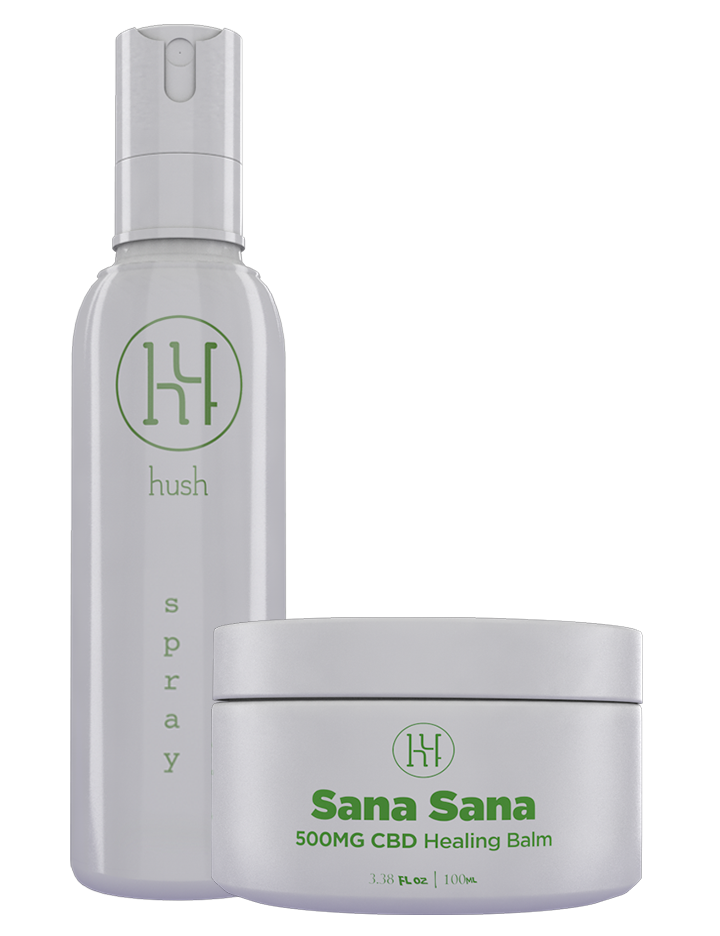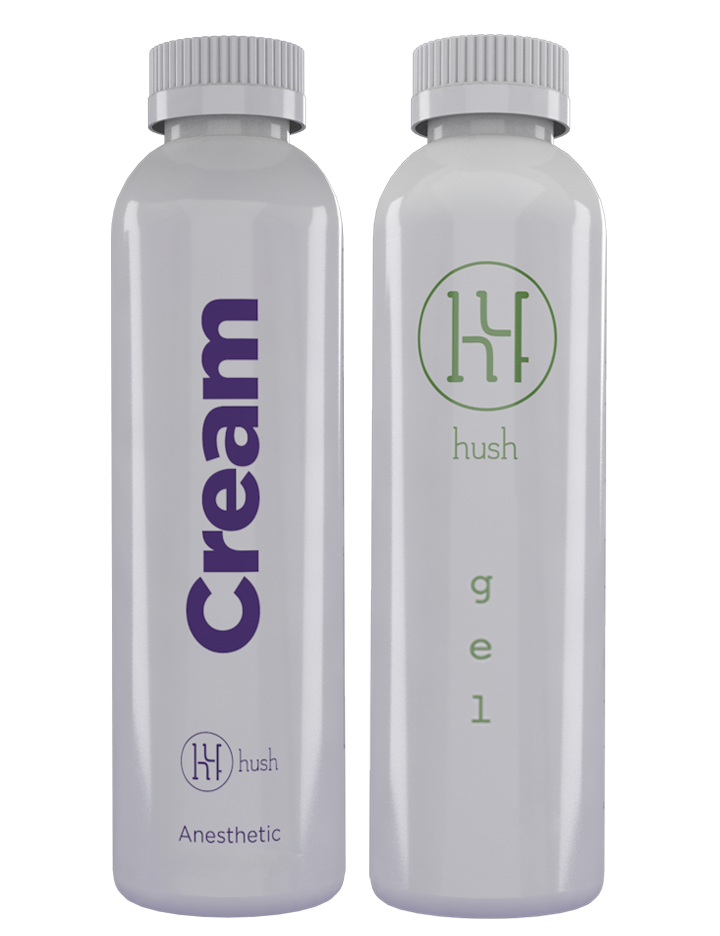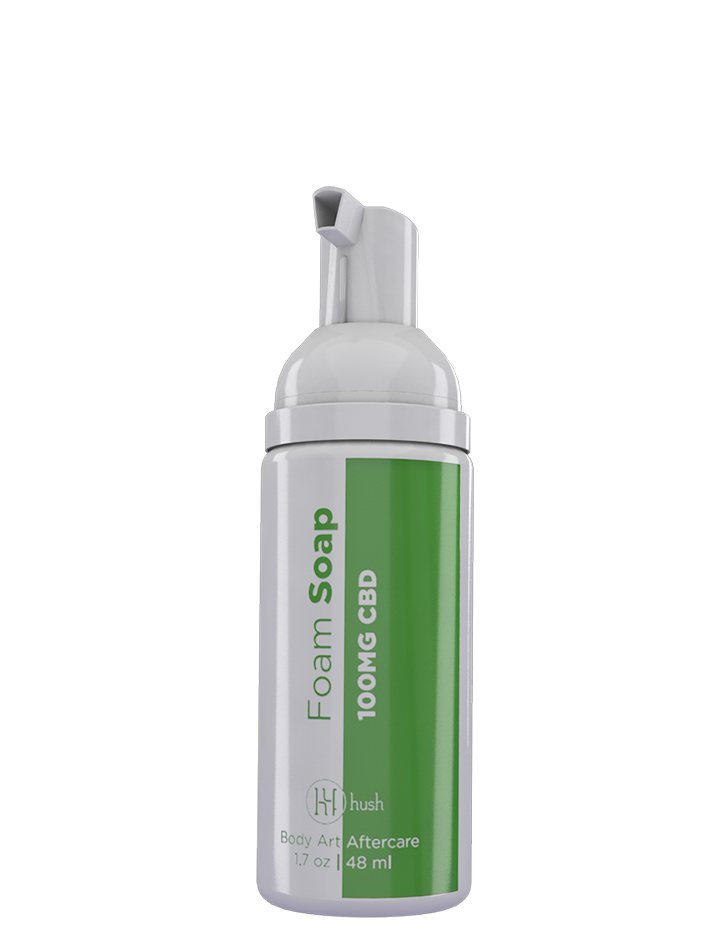Remember elementary school art class and those perfect little trays with chunks of paint where you just added water and painted all over your paper, desk, and friends with little-to-no consequence? You can now get a tattoo in the same style – the only difference is there are some consequences with the tattoo version.
Watercolor tattoos are one of the newer tattoo styles. As companies create more ink colors, the playing field for tattoo possibilities also expands, just like the Marvel universe. So, if you still aren’t sure what the hell a “watercolor” tattoo is… read on! You’ve got questions, and we’ve got answers.
What Does a Watercolor Tattoo Mean?
No, it’s not made by painting on your skin. A watercolor tattoo is still a tattoo but in a watercolor painting style — no paint brushes involved. It’s a left turn from most popular styles of tattooing. It leaves strong, bold lines in the dust and takes after way more organic forms.
Watercolor tattoos look as if someone printed a watercolor artwork onto your skin. And this is part of the phenomenon surrounding this style of tattoo. It looks kind of impossible. How do these artists make a tattoo so watercolor-y?
How your watercolor tattoo looks will depend on your artist and preference because there isn’t just one style of watercolor. If you do a quick Google image search, you’ll see that there are a variety of “watercolor” tattoo styles.
Some do look super watery and painted. Others have defined outlines, and then the coloring-in is the watercolor feature — similar in concept to one of those drawing books where you get an outline of a picture,and then you can paint it how you like.
There are also these tiny, super delicate tattoos that don’t exactly look like watercolor, but the coloring is similar to how light and delicate watercolor colors look.
Generally, watercolor tattooing refers to the style and techniques used to color in or design the tattoo. The idea of the tattoo is unlimited. You can turn any kind of image into a watercolor tattoo design.
How Is a Watercolor Tattoo Done?
Watercolor tattoos require a different method of tattooing, kinda like painting watercolors! Imagine that. Watercolor tattoo artists have to pick up a few advanced skills to achieve an accurate watercolor mimic.
Watercolor tattoos shy away from having dark, defined outlines. Instead, artists create lines with pigment build-up. They make the lighter parts by diluting the tattoo ink with water. The artist then uses light pressure and fast movement to create watercolor's light, watery characteristic.
Unlike watercolor painting techniques, you can’t lift ink out of a tattoo once it’s placed. You also can’t add water on top of ink that’s already been tattooed. Gradients and ink splatter all must be done with a lot of forethought in mind. The artist has to have a good method. Remembering where lighter parts of the design will be and working around them.
So if you’re looking for a watercolor tattoo, look for someone who studies it, practices it, and has some good-looking examples of their past work.
What Is the Difference Between a Watercolor Tattoo and a Regular Tattoo?
What’s a “regular” tattoo? Let’s say, by regular we mean typical, and by typical, let's say traditional or neo-traditional. We explained this a little bit before, but watercolor tattoos require certain methods of “drawing” that differ from typical tattoos.
With a traditional tattoo, the artist will use a high-volume needle with lots of tips that pick up a lot of ink and deposit that ink in a strong concentration with a lot of pressure and a faster machine speed.
A watercolor tattoo is gonna require a low-volume needle with fewer tips that pick up less ink and deposits a weaker concentration with lighter pressure and slower machine speed. That’s the technical difference.
The stylistic difference is pretty obvious when you look at a watercolor tattoo versus any other type. A watercolor mimics that kind of painting. It doesn’t have bold lines and rarely utilizes black unless it’s to accent something. The colors are lighter and diluted with water.
Do Watercolor Tattoos Work on Darker Skin?
Claro que sí! You can still get a watercolor tattoo if you have a darker skin tone. You just need to seek out an artist who knows how to tattoo darker skin tones. Watercolor tattoos might concern you because they can be lightly colored or pastel-y in nature, but you can achieve that same look no matter your skin tone.
Your tattoo might require a different method or more passes with the ink, but you can still achieve the same results. Your artist may dilute the tattoo ink less, and try to sink more ink to give you more brilliant colors.
So the answer is yes, you too can have a watercolor tattoo just make sure you are working with an artist that knows how to tattoo your skin color!
How Long Do Watercolor Tattoos Last?
Until you wash them off. LOL JK.
Like any other tattoo, the ink is deposited deep in your skin, so they last around the same amount of time as other tattoo styles. The colors used in watercolor tattoos tend to be lighter, so the amount of ink used is less than in other styles.
How Do Watercolor Tattoos Age?
All tattoos lighten and fade over time because the body low-key rejects the ink and tries to eat it away over time. Lighter colors are more susceptible to this. Not because the body attacks them more, just because they are already lighter, so losing a bit of pigment is more noticeable than if you were to lose pigment in a black ink tattoo.
The cool thing about watercolor tattoos is that this naturally occurring rejection can add to the paint-look of your tattoo. The colors soften and lose their edge, taking on a greater resemblance to a watercolor.
So a little bit of fade can be nice for your tattoo, but still, you should take precautions to protect your art from excessive fade. Wear sunscreen and use our CBD tattoo balm, so the only fading that happens is the unavoidable sort.
If you’re hesitant about getting a watercolor tattoo because of its longevity—don’t worry! As long as you choose an artist who is skilled in the watercolor style, your tattoo isn’t going anywhere.
How Long Does a Watercolor Tattoo Take?
Get ready to sit. Watercolor tattoo sessions tend to run longer than other styles. Watercolor tattoos can require a lot of layering, to go back over, and over, and over the same spots to get just the right look with just the right amount of color. It’s awesome for creating color bleeding effects and making color mixes look authentic.
It’s not that watercolor tattoos are more complex – they are just more tedious. Imagine you are editing a photo, and you have to zoom waaaay in. Then you have to edit every little pixel instead of a chunk of the area. Watercolor tattooing is kind of like that.
Say you are tattooing a heart. With a traditional tattoo, you have a chunk that you are tattooing red, but it’s all gonna be the same red. Even the same pressure and amount of ink for that whole area, like using the paint bucket tool just to fill it in quickly. Pretty simple task.
On the other hand, if you are going to get a watercolor red heart tattoo – you might have light ink for most of the inside. Then splotches of heavier ink as the lining to create the heart shape and then added color bleeding outside the heart zone or even some “ink droplets.” That’s like 3 or 4 different methods of tattooing and quite a few layers of ink.
A watercolor tattoo is typically going to take longer. Depending on the size and amount of colors used in your tattoo – you might be sitting for a while. Chat with your tattoo artist about time expectations!
Are Watercolor Tattoos More Painful?
Watercolor tattoos are gonna be painful in a different way. Since they require lower-volume needles and less pressure, they won’t hurt the way filling in an area of skin with complete black would. Watercolor tattoos are more tedious in nature. The artist has to go over patches of skin more times than with other styles.
Overall, since the pressure is lighter and the number of needles is fewer, there’s a chance it will be less painful.
Truth is, no tattoo has to hurt if you use good tattoo numbing products! We make our products with lidocaine and other powerful botanicals to reduce pain during tattoo sessions without compromising your art.
We have a tattoo numbing gel and spray for session use as well as a CBD Foam Soap for cleaning before and after your tattoo. You can learn more about how these products work to make your tattoo session amazing on the Session Bundle page.
SOURCES:
Watercolor Painting | New World Encyclopedia
Watercolor Techniques: A Comprehensive Guide to Watercolor Basics | Art in Context
Tattoo Ink Nanoparticles in Skin Tissue and Fibroblasts | PMC




